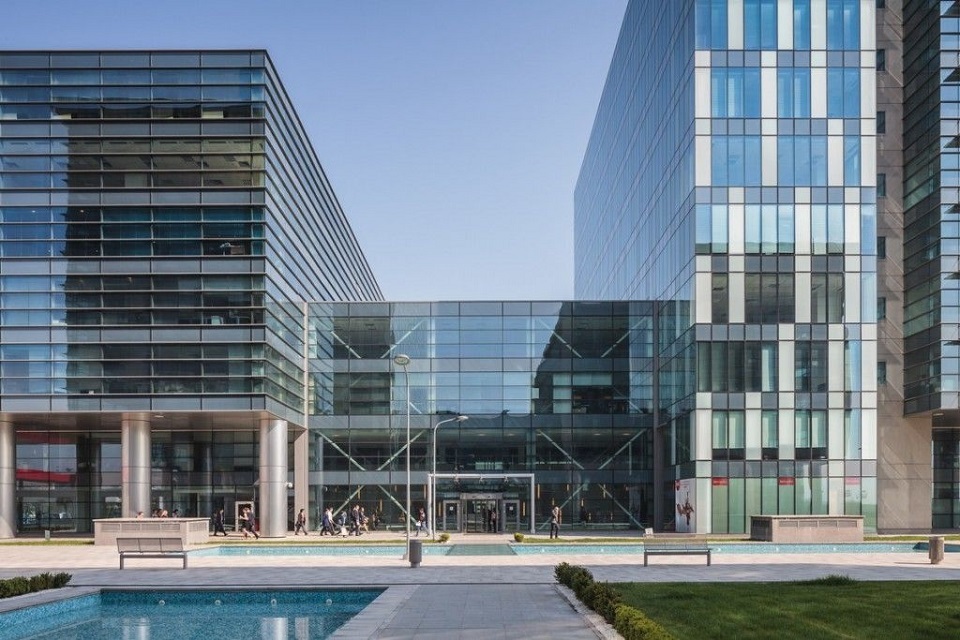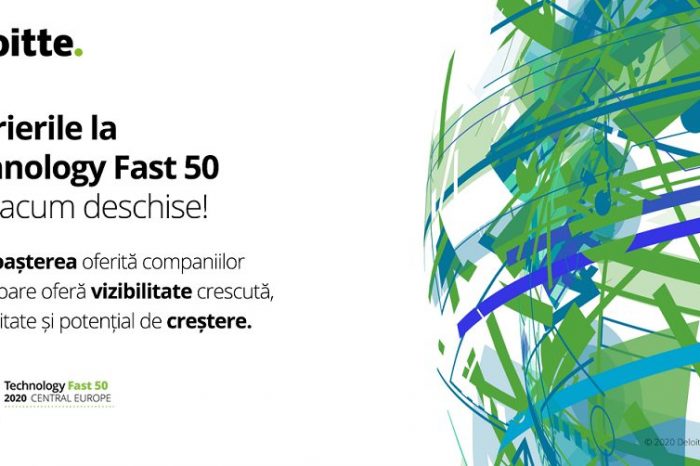Knight Frank: Bucharest’s Office Market Overview for H1 2020: Markets pause as corporate sentiment weakens

It is clear that COVID-19 has brought an acute slow-down in active requirements from occupiers and a notable upturn in the volume of deals postponed.
Re-occupancy in focus as lock-down measures gradually loosen. As Government’s detail routes towards the gradual reopening of their economies, business attention has turned towards the re-occupancy of offices. This is far from a ‘normal’ return to office life. The necessary requirement to respect social distancing measures – and a 2m distance between individuals – is forcing the reconfiguration of office layouts with a 50-60 per cent reduction in office capacity in most cases.
The great global workplace to continue. As re-occupancy becomes a reality for more businesses, we will move rapidly into the second phase of the great global workplace experiment. The capacity constraints within existing office portfolios will force companies to adopt hybrid workstyles with a clear distinction between staff working at home or in the office. This will be a difficult balance for business leaders to strike from both an operational and managerial perspective. The office is central to the creation and maintenance of a corporate culture. It is essential to the innovation and creativity required to stay competitive.
The 20-year old death of the office narrative has reappeared with gusto over the last two months.
Enforced working from home, and now the emergence of hybrid working styles that blend WFH with working in the office, have led to bold claims about how businesses could benefit from removing their second largest operating cost. This is naïve. The office is central to the creation and maintenance of a corporate culture. It is essential to the innovation and creativity required to stay competitive.
It is the place where essential (and often tacit) staff development and education occurs and where social connections transform into important professional collaborations. Businesses are immeasurably weaker without recourse to an identifiable collective hub. That is not to say that the form and function of the office is beyond reconfiguration but, once again, rumors of the death of the office have been greatly exaggerated. (Dr. Lee Elliott Partner, Global Head of Occupier Research).
REPORT MAIN FIGURES:
- Supply: 105,000 sqm
H1 2020 saw class A and B supply reach approximately 105,000 sq m, representing around 50% decrease compared to same period last year. The stock reached 3.131 million sq m.
- Demand: 100,000 sqm
Demand in Q2 2020 reached 45,000 sqm, only 50% of the level registered in Q2 2019. Out of 45,000 sqm, 57% were renewals, 20% relocations and 17% new demand. There were 30 transactions in total, whereas 10 were above 1,000 sqm, the largest one being the 15,500 sqm renewal of UniCredit Bank. Demand in the second quarter followed the same rhythm of the first quarter, respectively 50% of the level registered in the previous year. Thus, demand in H1 2020 totaled 100,000 sqm in 66 transactions, compared to 196,000 sqm in 110 transactions in H1 2019. The average size of the transactions decreased from 1,800 sqm in H1 2019 to 1,500 sqm in H1 2020
- Rents: 18.5 Eur/ sqm
Prime headline rents have remained stable for the time being but we are carefully looking at the impact COVID-19 and the lockdown period will have.
Vacancy: 11.5%
The vacancy rate for Class A and B offices witnessed a slight increase to 11.5% from 10.5% at the end of 2019, as both the take up and the supply registered low levels compared to the same period of last year.
- Forecast: 100.000 sqm in the next half of 2020
The pipeline for 2020 has reduced by 10% compared to the estimations made at the end of 2019 and is expected to reach 205,000 sqm based on the latest data. A shift in pipeline has been noticed as some projects moved their delivery date from 2021 in 2022. Thus, the pipeline for 2021 is expected now to reach 250,000 sqm, significantly below the previous expectations – rather half. A similar shift may be rolled down again, from 2022 to 2023.












